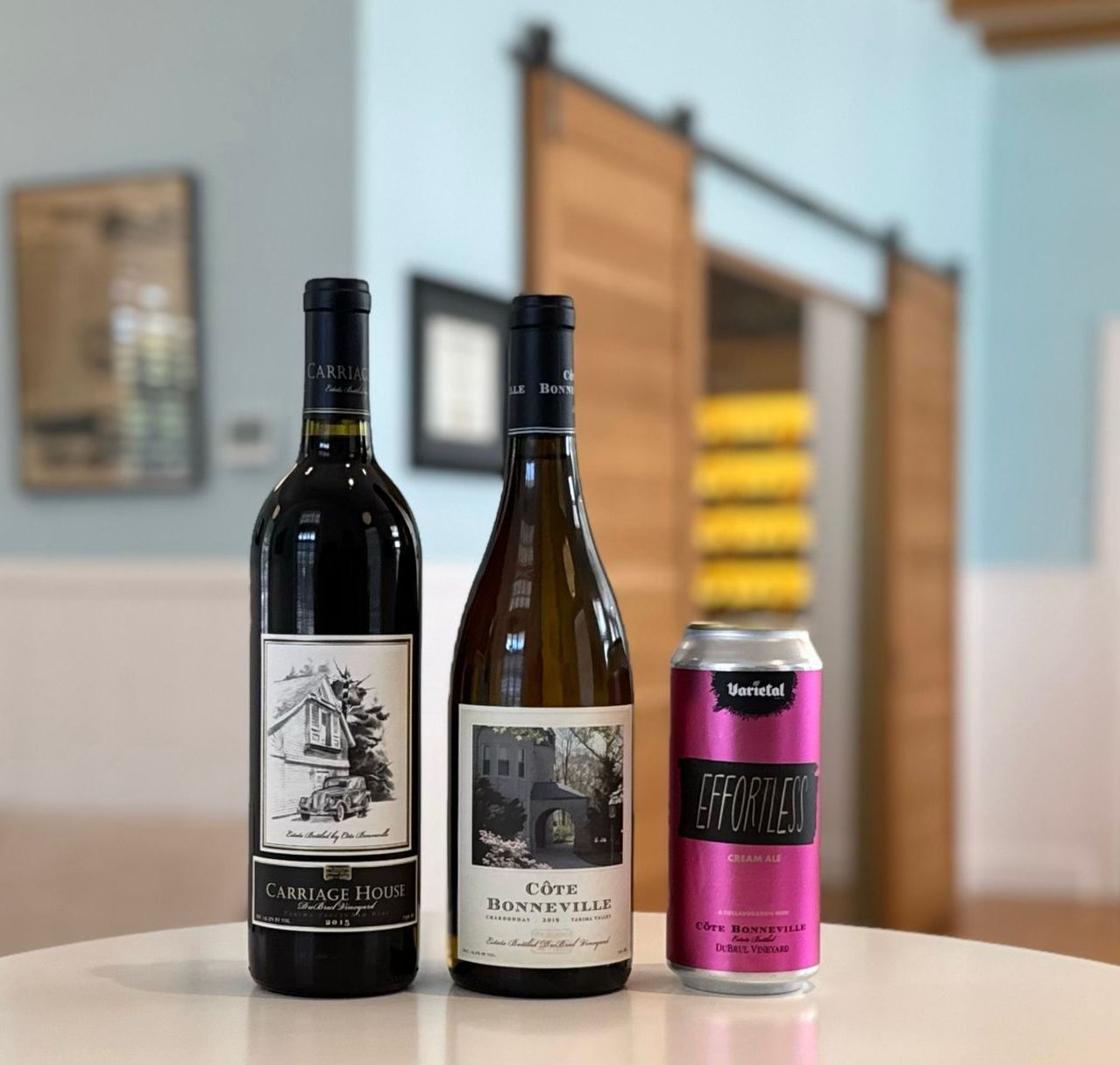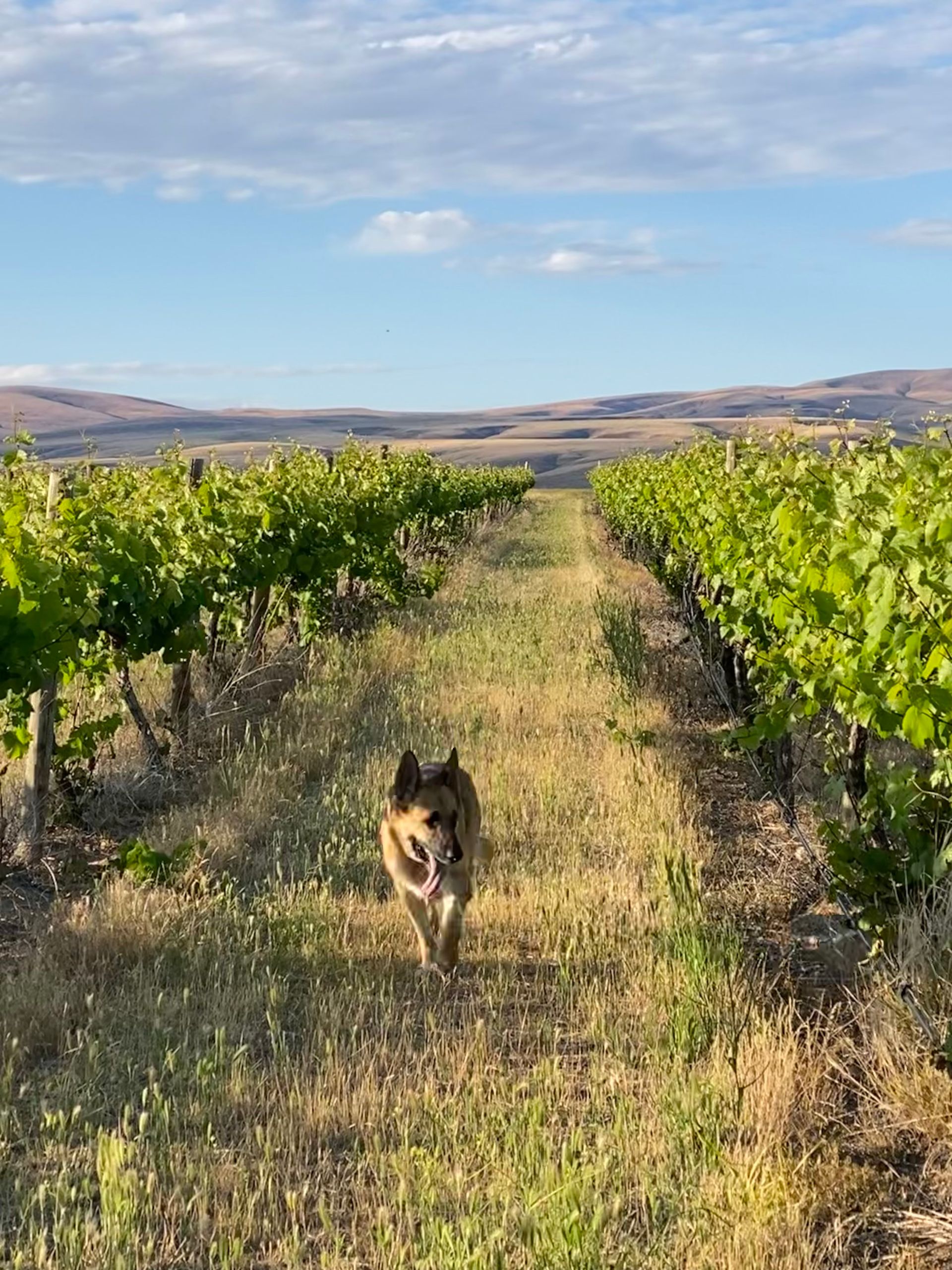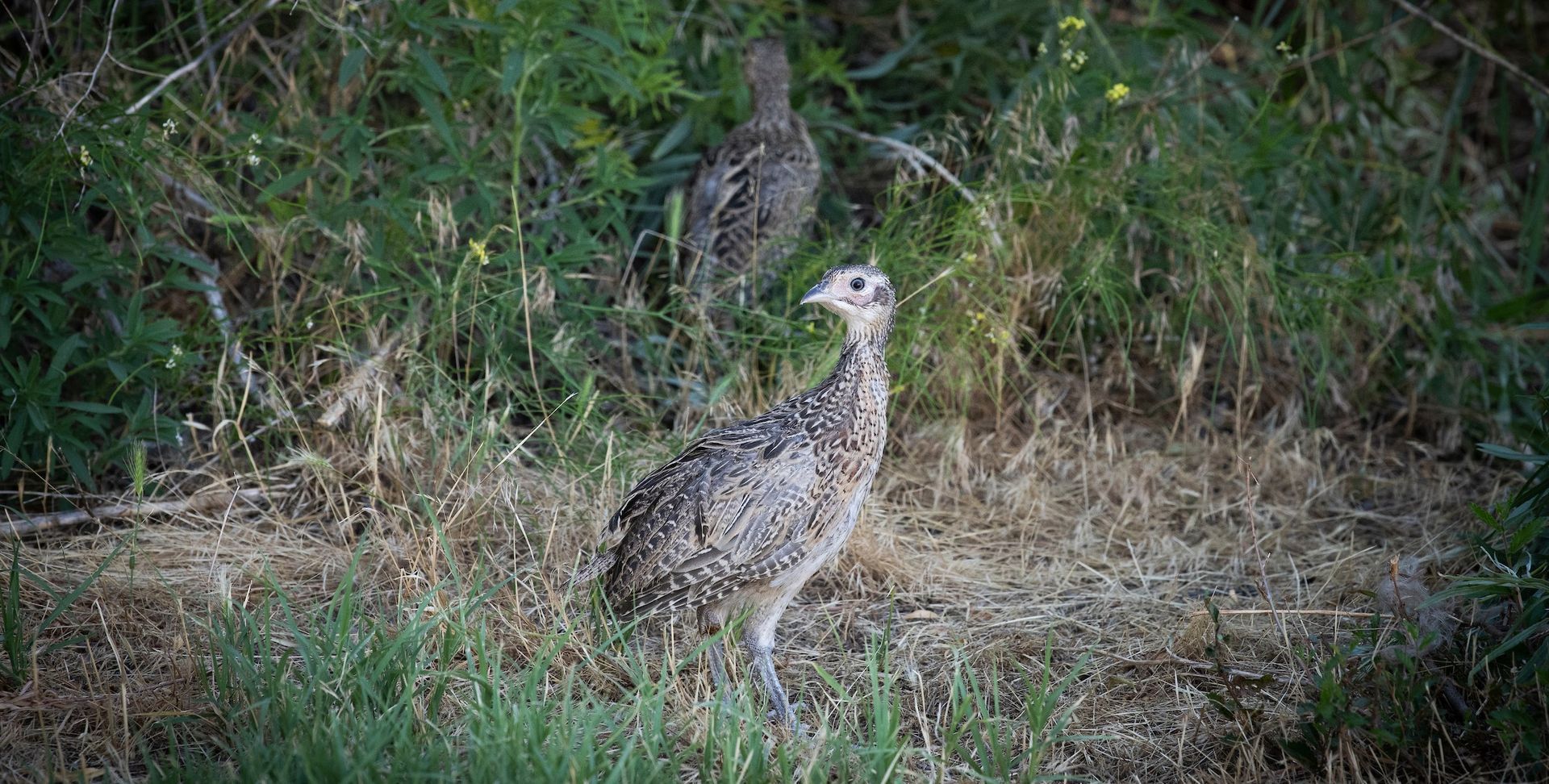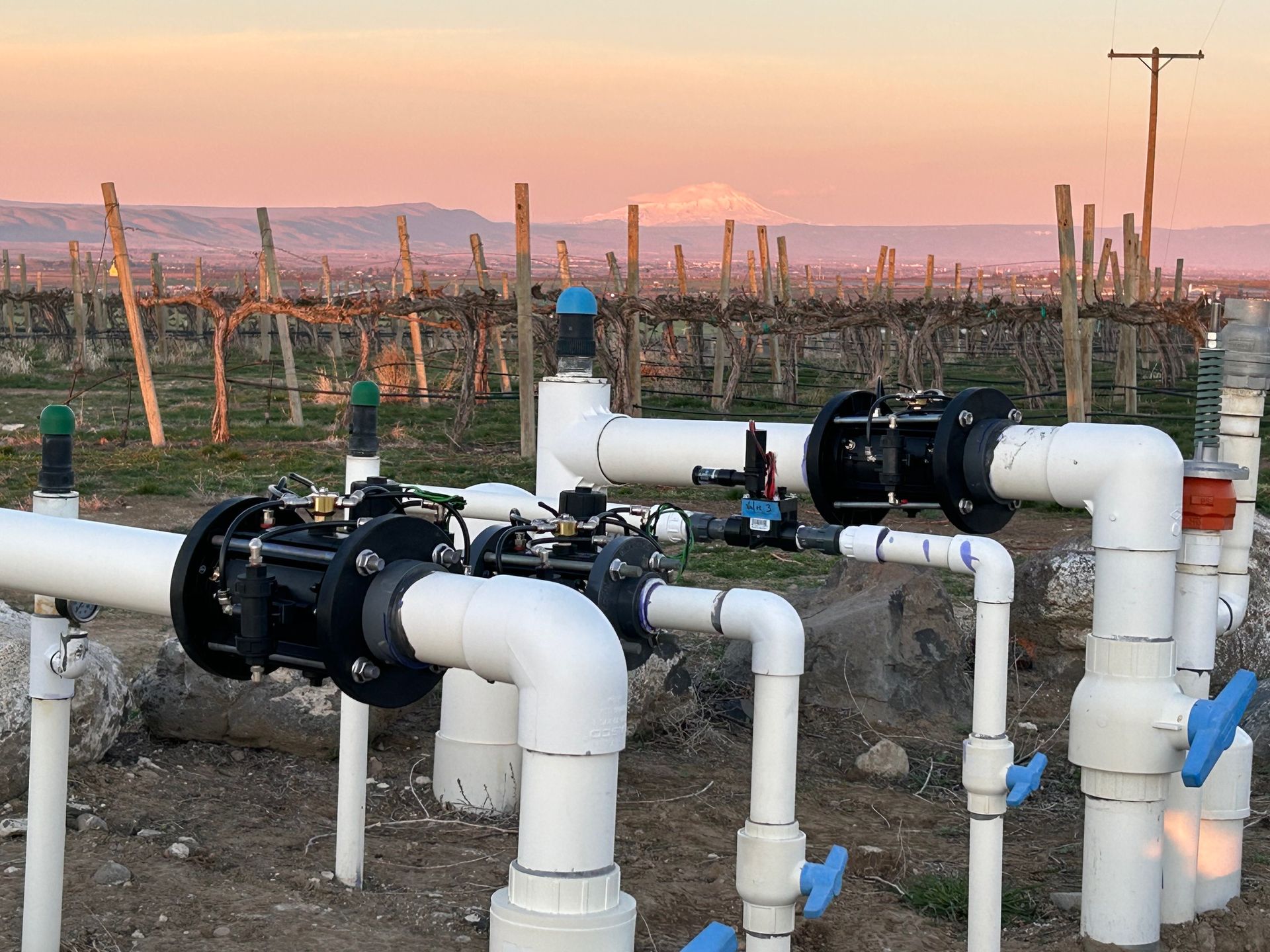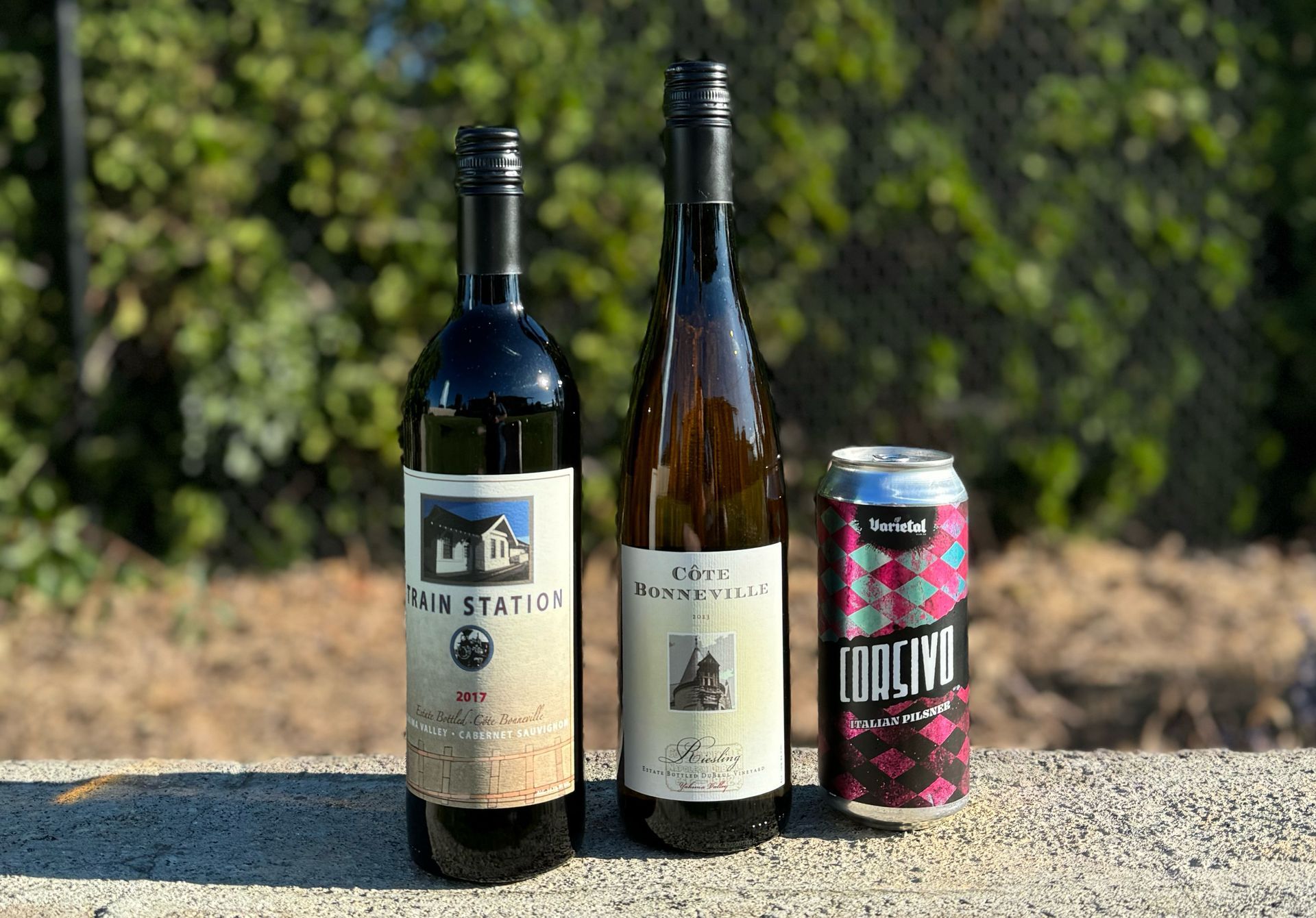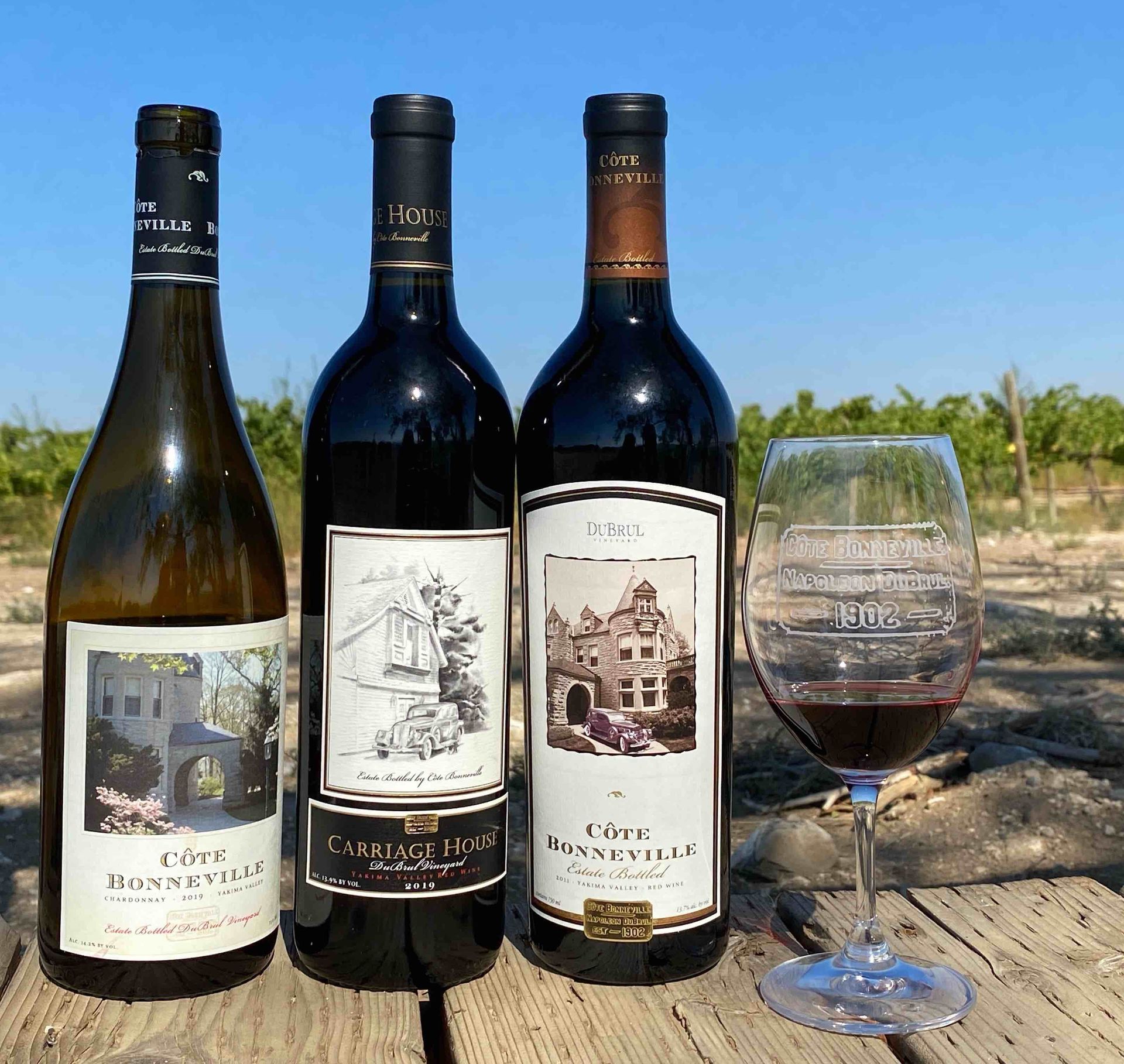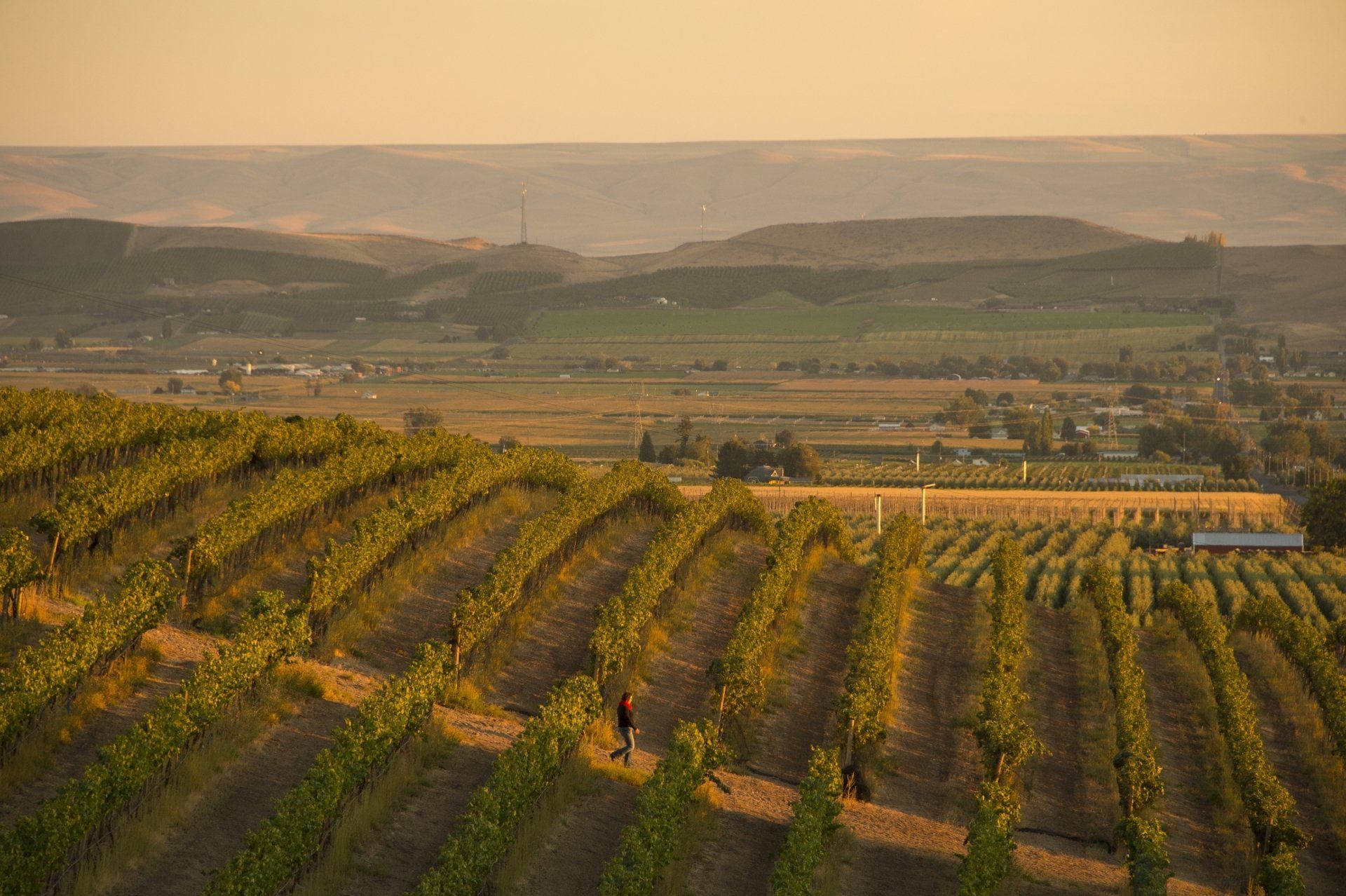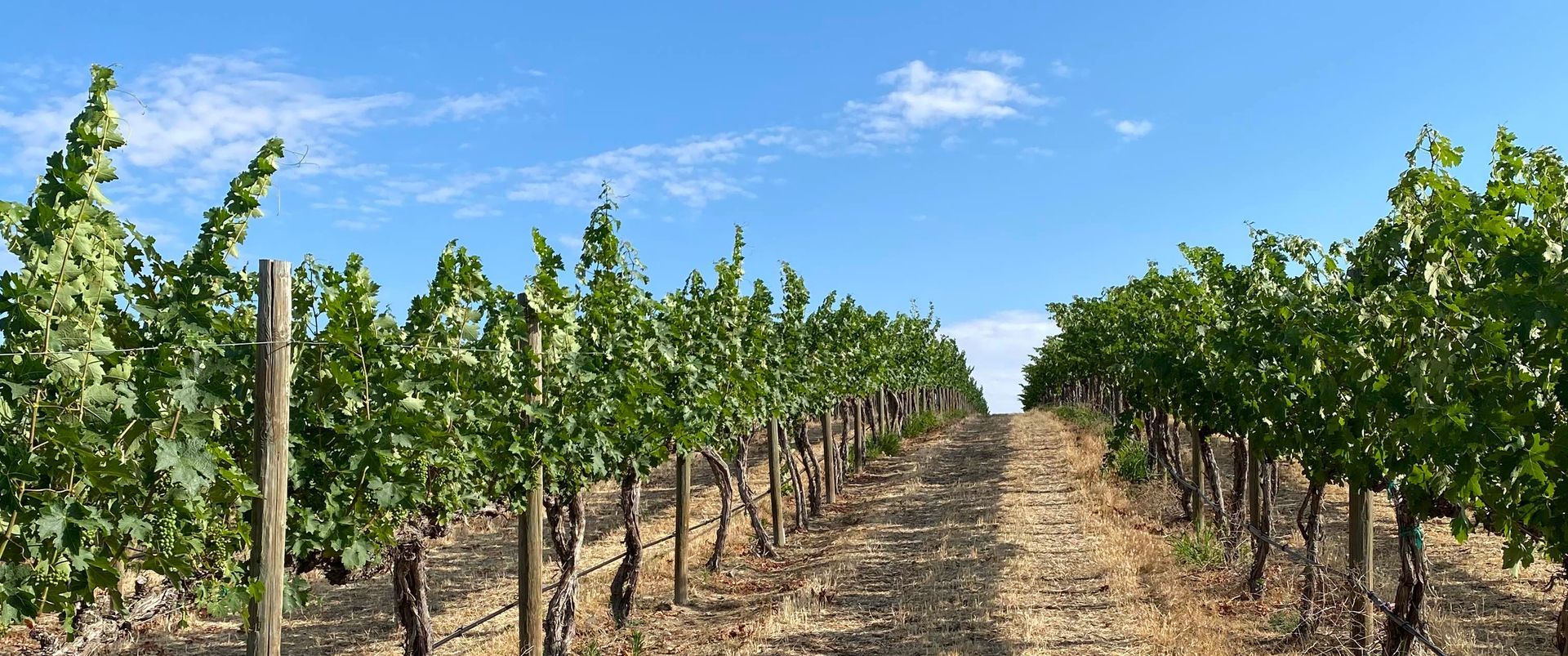
Even with great weather, there is variation and variability in any vineyard. One of the big sources of variability we see in the Yakima Valley is due to our large difference between daytime and nighttime temperatures. These dramatic temperature swings are so important for grape quality, but they do mean that we have to manage the microclimates within the different parts of the vine.

